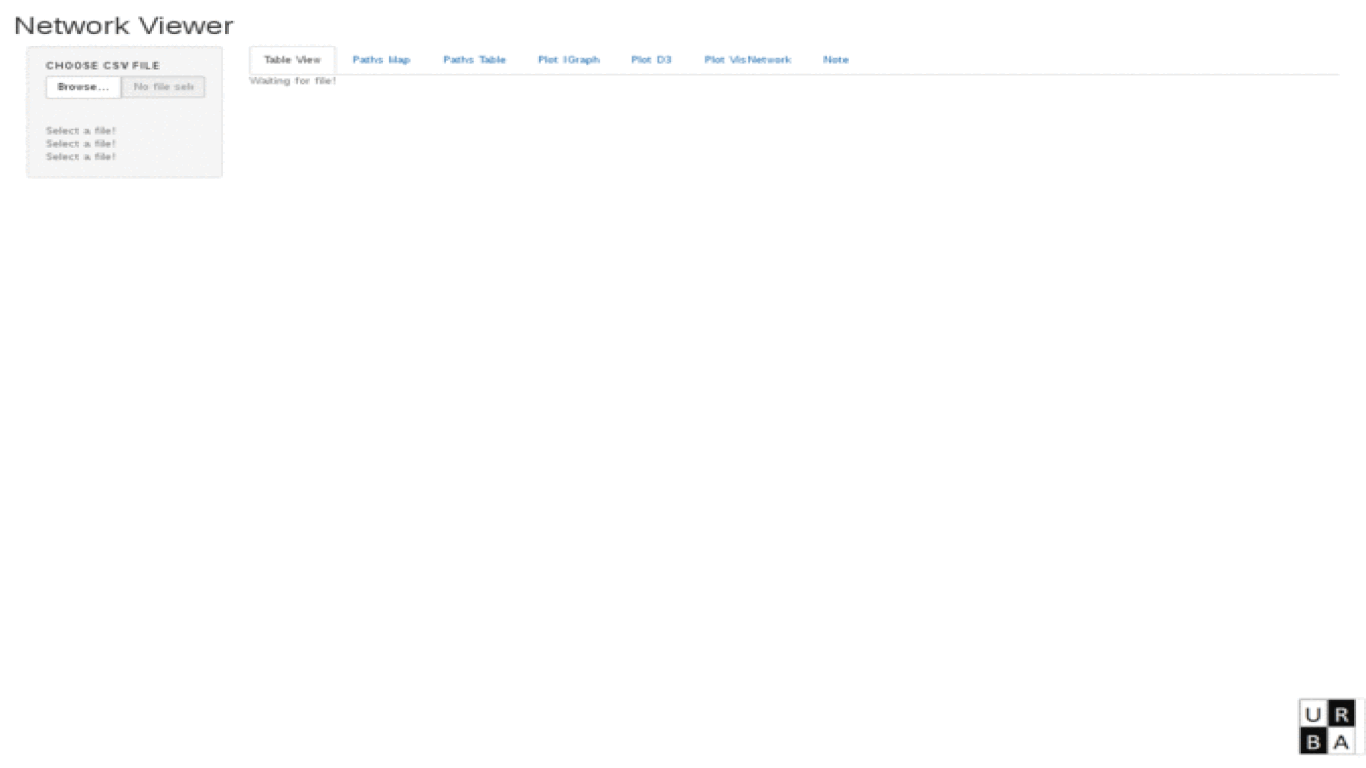Contents
Objective
The objective of this post is to draw a graph using R Lanaguage with data of edges of the graph. All network data contains the edges list which explains us the Node_connectivity details and the link details. Here this post discuss with the R packages which does the work and plotting very beautiful graphs for users.
Pre-requisites
So as I said before you need to have this,
- The Edges list
The edges list should be like this example,
SOURCE,END,LINK Node_A, Node_B, Link1 Node_B, Node_D, Link2 Node_A, Node_C, Link3 Node_C, Node_B, Link4
Description
We know that,
An Edge in a graph, means the link between two nodes or vertices. So here,
- Node_A, Node_B, Node_C and Node_D are the Vertices.
- Link1, Link2, Link3 and Link4 are the Edge Labels.
R Libraries
These are three libraries used to form and render the graph in front end.
Example Scenario
Initially i am starting with the commercial example, we can call it as chennai-air-india-flight-network. So here, I am taking a sample data from Air-India flight details which shows flight services from chennai.
- View the data source : Air-India
The data is like,
ORIGIN,DESTINATION,Flight Number,FREQ,DEPARTURE,ARRIVAL,AIRCRAFT,STOPS Chennai,Ahmedabad,AI 0981,…4..7,17:20,20:00,A-320, Chennai,Bengaluru,AI 0563,1.34567,13:25,14:15,A-319, Chennai,Bengaluru,AI 0563,.2…..,14:25,15:20,A-319, Chennai,Coimbatore,9I 0561,12345.7,05:40,07:00,ATR-72, Chennai,Coimbatore,9I 0561,0.234567,07:20,08:50,ATR-72, Chennai,Coimbatore,AI 0429,1234567,13:30,14:20,A-321, Chennai,Coimbatore,9I 0553,1234567,18:50,20:15,ATR-72, Chennai,Colombo,AI 0273,1234567,05:55,07:20,A-321, …
Now you can realize the collected data From: Chennai, To: AnyCity, which is like Node_A, Node_B edge data as discussed before.
Collecting as Graph
Our ultimate aim is to get the Network paths from the edge list. The network path data should explains us the Node_connectivity among the network vertices. Each nodes connected by the edges and establishes the connectivity in directional links. We need to look for these important parameters shown below.
Parameters :
- vertices
- edges
- link direction
- No of links between nodes
Methods Involved
The important methods to form the Graph using the package IGraph is shown below.
- all_simple_paths
- graph_from_data_frame
all_simple_paths(graph, from, to = V(graph), mode = c("out", "in", "all","total"))
Results of link Details :
Chennai–>Ahmedabad Chennai–>Bengaluru Chennai–>Coimbatore Chennai–>Colombo Chennai–>Delhi Chennai–>Dubai Chennai–>Goa …
Here you can see the it will render you the paths of a network from one vertice. So iterating through the method with vertices list will give you the all link paths.
The iteration will be,
l <- unlist(lapply(V(graph) , function(x) all_simple_paths(graph, from=x)), recursive = F)
paths <- lapply(1:length(l), function(x) as_ids(l[[x]]))
Example Results of Graph Paths :
Chennai–>Ahmedabad–>CityX–>CityY Chennai–>Bengaluru–>CityX …
It will render you list of list, you can convert it into the R data_frame for further process.
Network Viewer - A Simple Tool
Using these methods, I ‘ve create a R Web application to make a quick view of the network implemented with,
- Shiny
- networkD3
- visNetwork
- igraph
Find the R Source code in my GitHub.


Related Posts
A Rare Collection Of Linux Commands
Domain Specific Language With Groovy